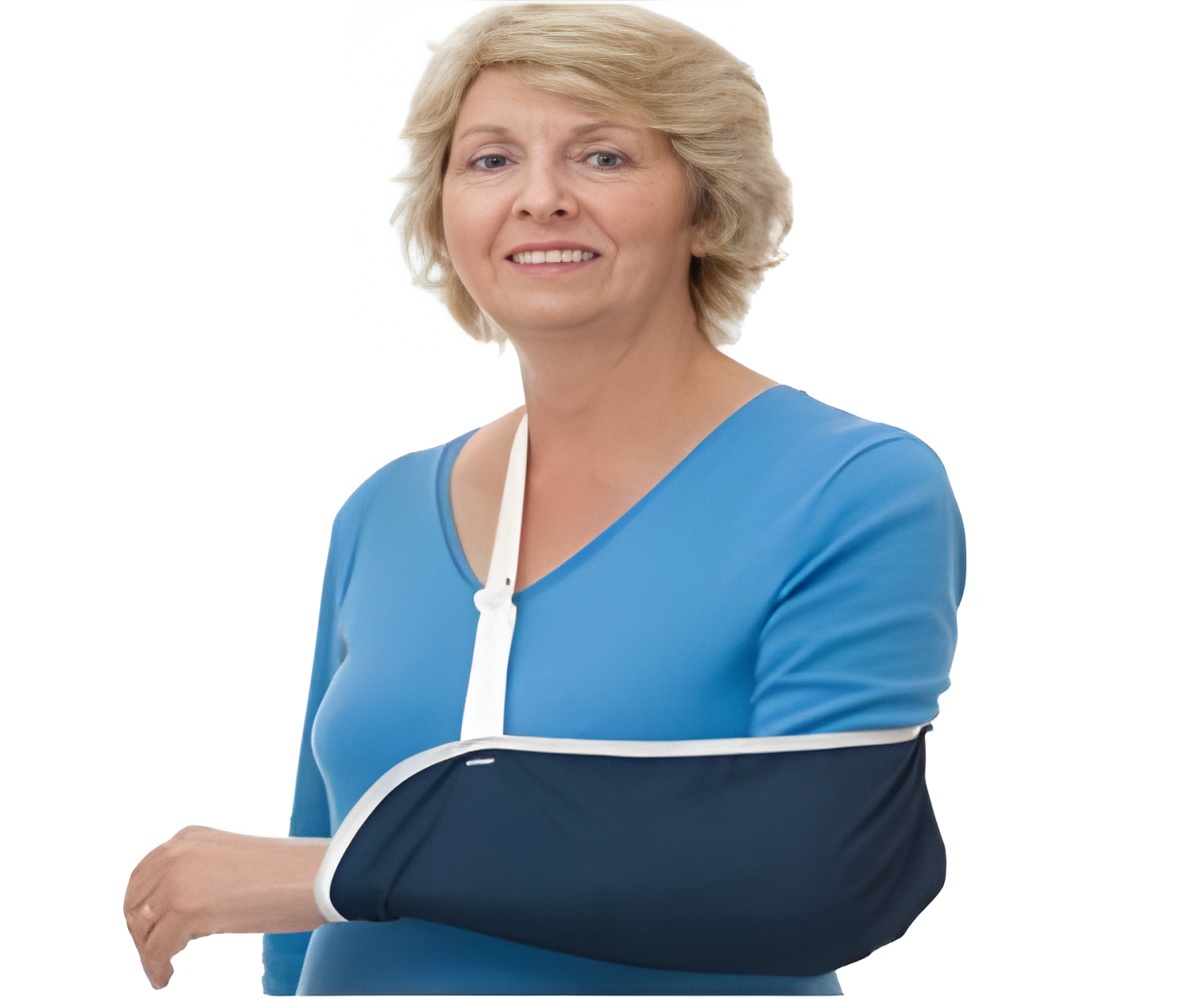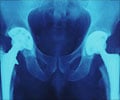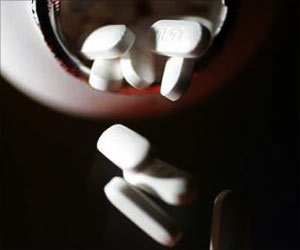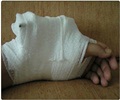Researchers have used new models reinforced by in vivo experimentation to demonstrate that 5-10 percent of bone fractures don't heal properly.

In 5 to 10 percent of bone fracture cases, the healing process does not succeed in repairing the bone, which leads to the formation of delayed unions or even non-unions - fractures that fail to heal.
Using a combination of an animal model mimicking a clinical non-union situation and a mathematical model developed for studying normal fracture healing, researchers at the Katholieke Universiteit Leuven (Belgium), University of Lihge (Belgium), Edinburgh University (United Kingdom) and Oxford University (United Kingdom) investigated this health problem.
For example, the authors investigated the potential to treat non-unions by transplanting cells from the bone marrow to the fracture site.
This was also tested in a pilot animal experiment; both the simulations and the experiments showed the formation of a bony union between the fractured bone ends.
In addition, the researchers used the mathematical model to explain some unexpected experimental observations.
Advertisement
The study has been published in the open-access journal PLoS Computational Biology.
Advertisement









